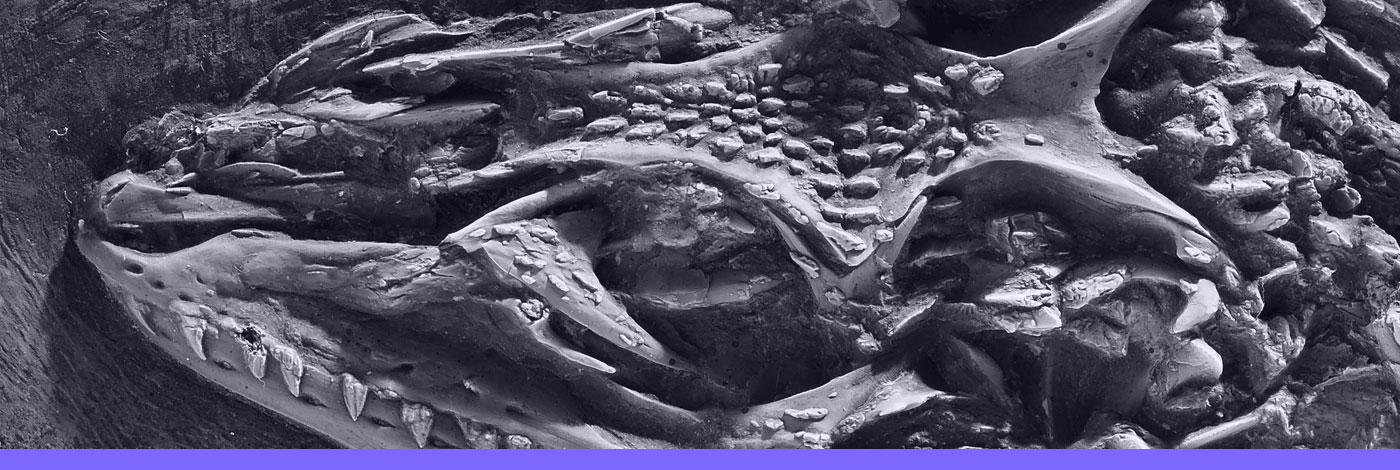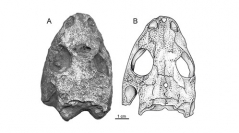

 Comptes Rendus Palevol
12 (7-8) - Pages 437-445
Comptes Rendus Palevol
12 (7-8) - Pages 437-445Dissorophidae form a clade of terrestrially adapted temnospondyls, which were widely distributed in Euramerica and Asia during the Permian. After a long phase of neglect, study of exquisitely preserved new material of the Early Permian Cacops from Oklahoma has prompted reconsideration of other dissorophids, such as the Early Permian Conjunctio from New Mexico. Here we report on a specimen previously referred to Conjunctio from the Nocona Formation of north-central Texas. It actually represents a distinct new taxon, for which the binomen Scapanops neglecta is proposed. It represents a small dissorophid with derived characters combining to give a unique skull configuration: extremely short skull table, jaw joint situated well anterior to occiput, large orbits with wide interorbital distance, and a preorbital region more than twice as long as the postorbital region. The external nares are elongate, and the outline of the skull is ovoid, widest at mid-level of the orbits. S. neglecta shares with eucacopines the presence of a rounded internarial fenestra and an anteroposteriorly short supratemporal. Phylogenetic analysis places Scapanops at the base of the clade Eucacopinae, more crownward than Conjunctio and as the sister-taxon to a grouping comprising Cacops, Kamacops, and Zygosaurus.
Tetrapoda, Temnospondyli, Dissorophoidea, Eucacopinae, Permian